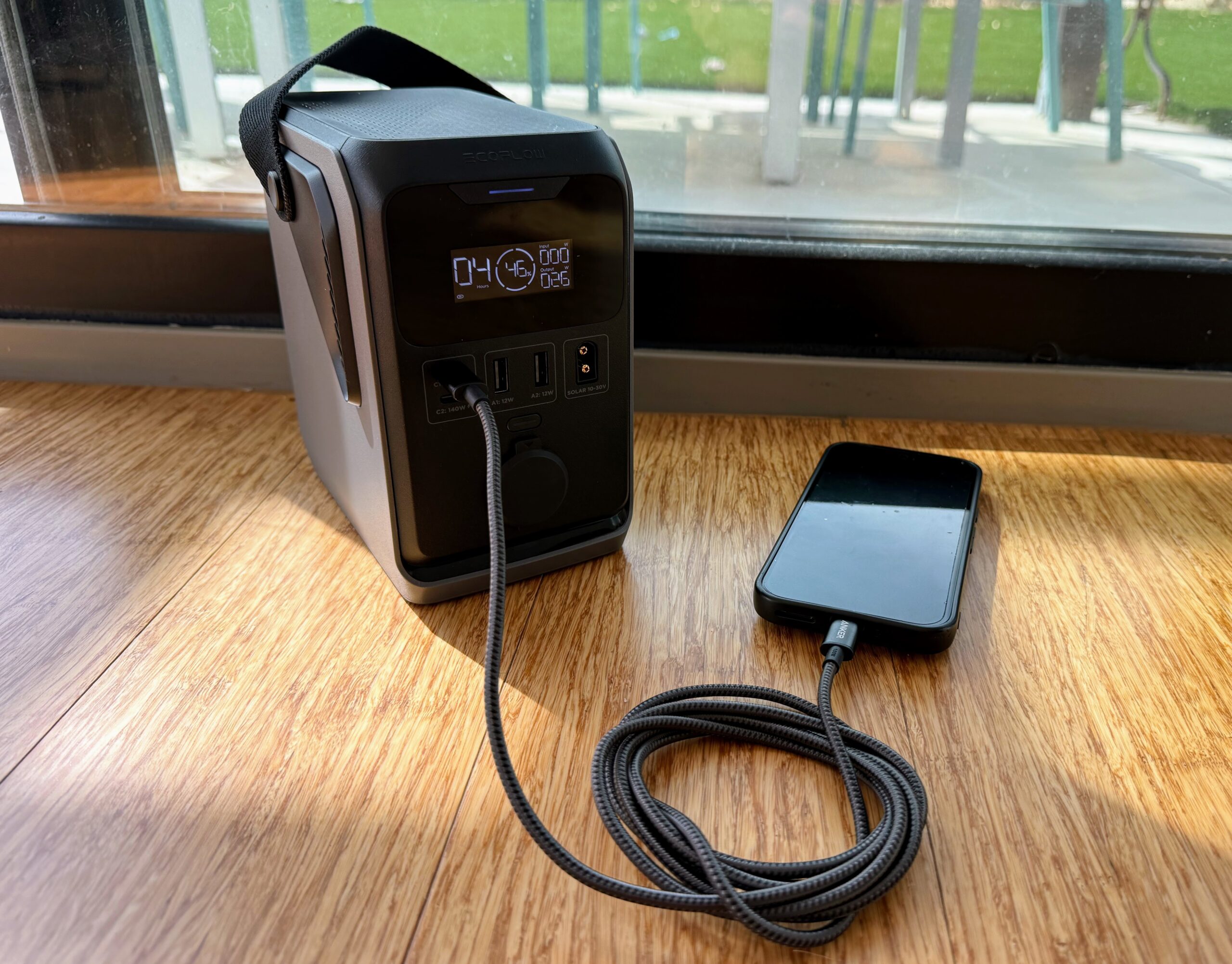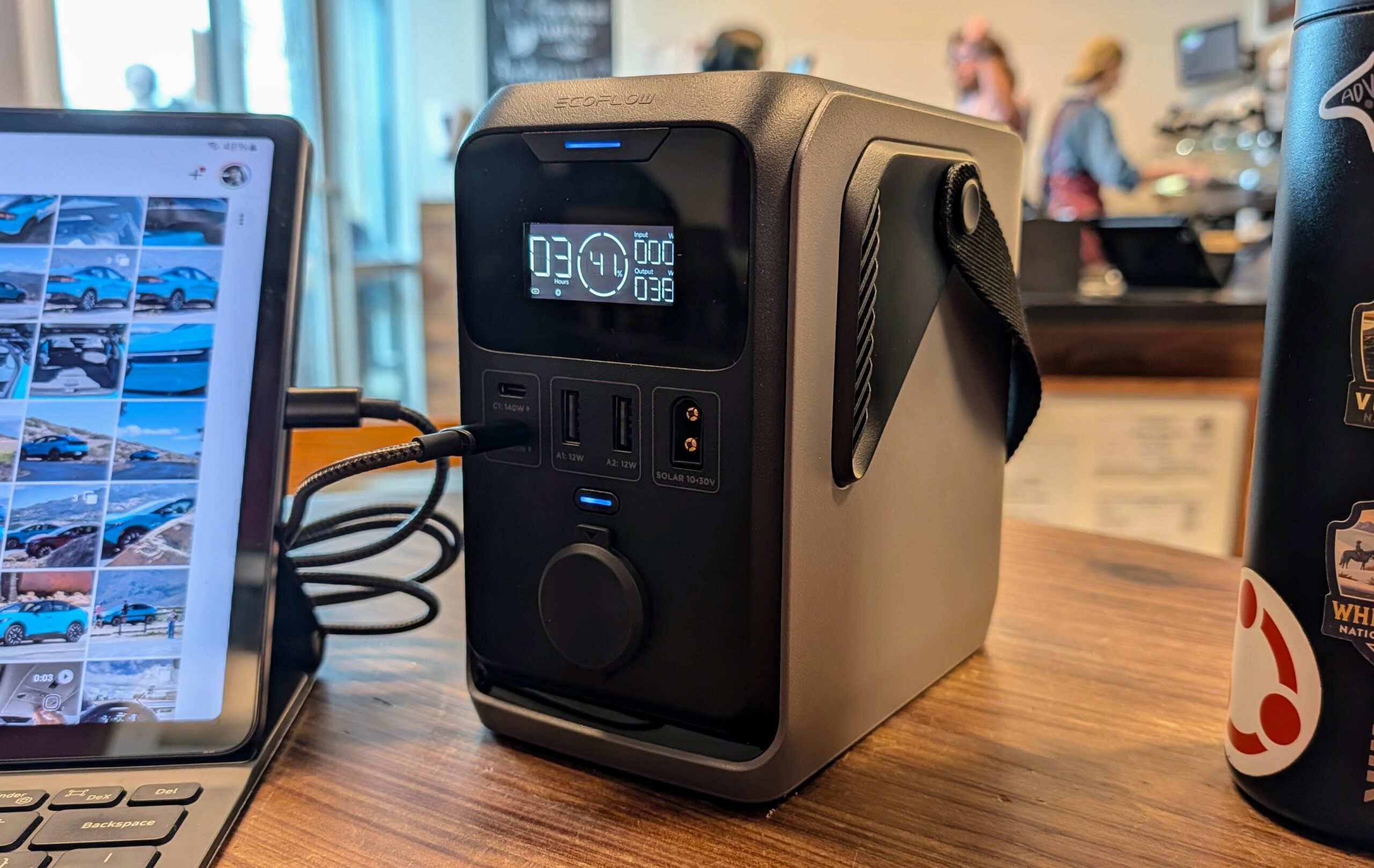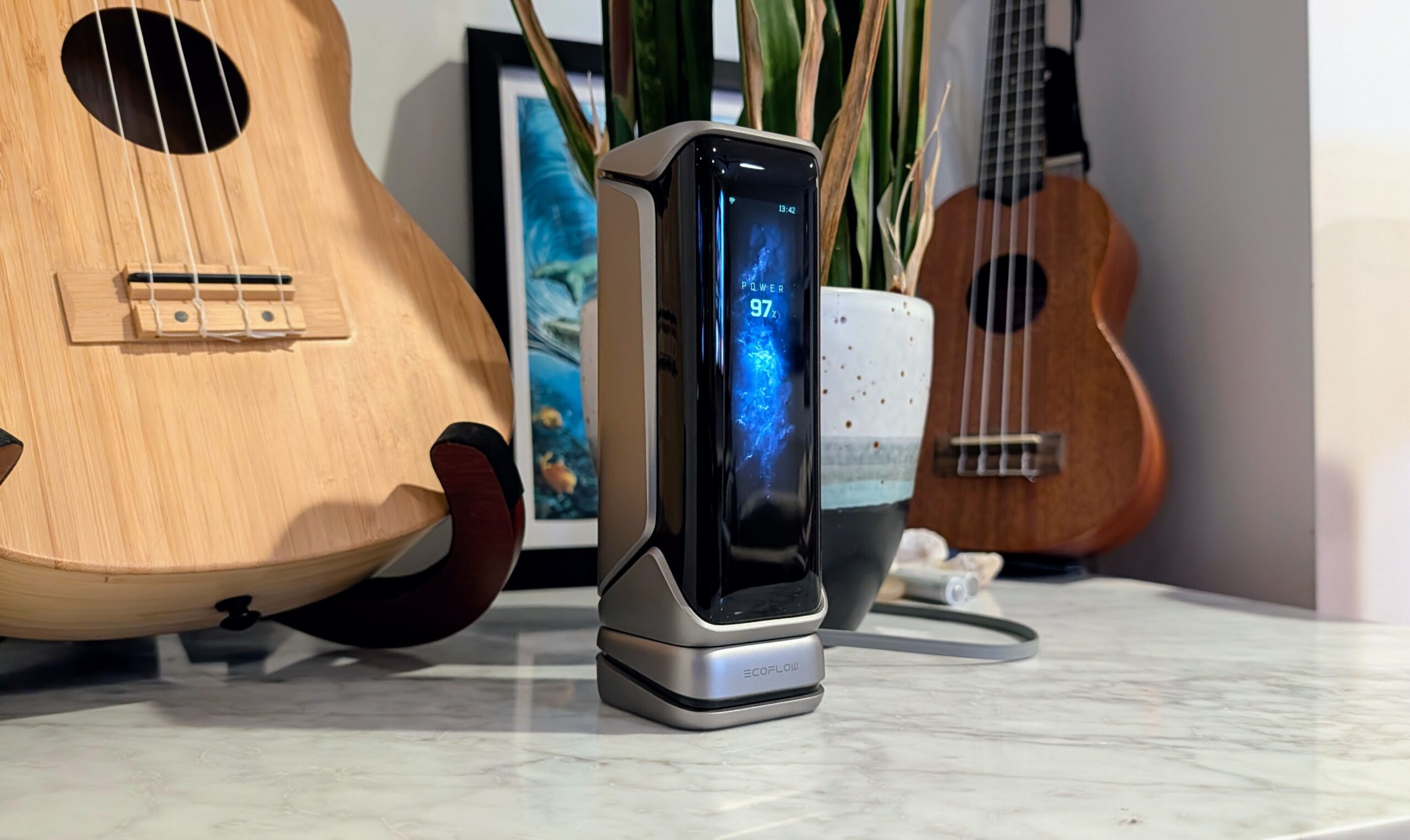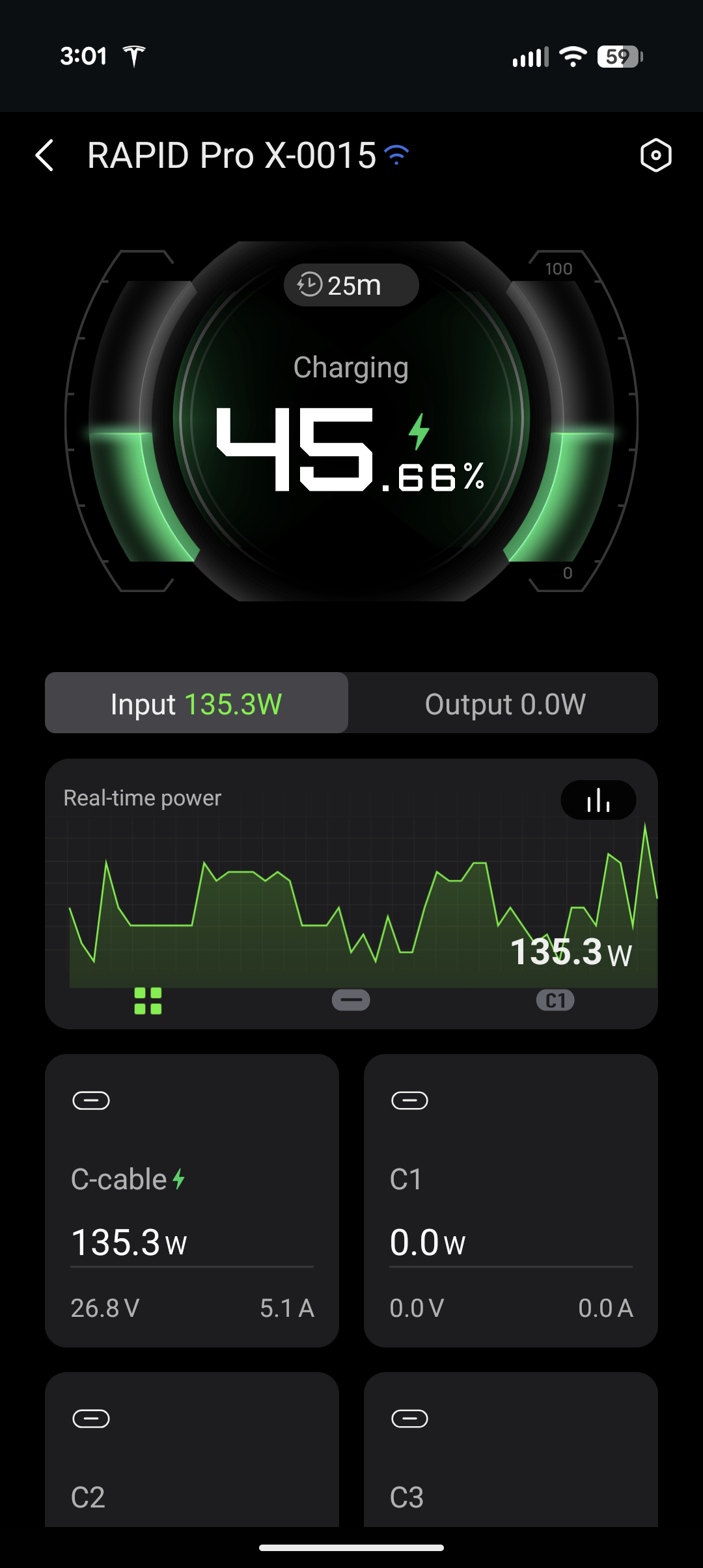Support CleanTechnica’s work through a Substack subscription or on Stripe.
EcoFlow has been one of the big players in the portable power station business for years with its products helping to shape customer expectations.
The company started with small to medium sized battery packs, eventually moving into whole house backup solutions, customizable solutions for recreation vehicles, and plenty of solar to keep everything charged up. This year it is moving into a smaller segment. Two new ranges of compact portable power stations attempt to take EcoFlow’s class leading specs into smaller impressive power output capabilities.
They sent us their new EcoFlow Trail 300 DC and the EcoFlow Power 300 to test out and we eagerly ran them through the paces.
Disclaimer: EcoPlow provided the Trail 300 DC and the Power 300 to the author for the purposes of this review.
The idea with both of these lineups for EcoFlow was to really push the envelope in terms of how much power they can cram into a compact form factor while still delivering massive power output and input.
The EcoFlow Trail 300 DC
The EcoFlow Trail 300 DC only weighs 4 pounds but somehow manages to pack in 288 watt-hours of storage. That’s a 27% lighter and 48% smaller form factor compared to the EcoFlow RIVER 3. It’s an impressive improvement that shows how much energy EcoFlow put into improving its form factor for portability.

On the power side, the EcoFlow Trail 300 DC can push out 300 watts of power, but as the name implies, it only has DC outlets. That means you can power your devices from one of the two USBC ports on the front of the unit at up to 140 watts each. It also features two USB plugs, a 12-volt automotive outlet, and an xt60 port up front.
As the world continues to ramp up the power capabilities of the USB-C outlet, it’s important to note that charging speeds are directly correlated to the charger you’re using as well as the cable. It’s important to buy chargers and cables from reputable companies, especially as the power increases.

For example, plugging into a generic USB-A charger with the cable I use to charge my PlayStation controllers, the EcoFlow Trail 300 DC only pushed out 11 watts. Stepping that up to a legit 100 watt rated charger with multiple USB outlets and a proper 100 watt USB-C cord, the charging rate increased to 77 watts.
Specs
- Cells: LFP chemistry
- Total Output: 300 watts output total
- DC USB Output: 140 watts Max input or output per USB c port
- DC Solar Input: 110 watts Max solar input xc60
- DC Auto Input: 100 watts Max input 12v auto port
- Capacity: 288 watt-hour capacity
- Weight: 2.6 kilograms
The Ecoflow RAPID Pro X
The EcoFlow RAPID Pro X takes portable power stations to the next level when it comes to energy density and features. In terms of capacity and size, it sits right at the intersection of a standard USB battery pack that you would bring with you in your backpack to keep your phone charged and larger portable power stations.
EcoFlow built this unit specifically to sit just under the maximum size battery that can be brought onboard an airplane for most carriers. It’s ideal for people working on the go and those looking to keep all their devices powered up while traveling. As a 26,650 milliamp-hour unit that can push out 300 watts, it’s more than capable enough to charge most laptops as long as you can plug them in via USB-C.

Combining that with the ability to push out 140 watts from a single port, it’s also great for people who can’t seem to put down their phones. Modern cell phones seem to struggle to make it through the day with any type of use. So, for those who are constantly ending the day with a dead phone, the EcoFlow RAPID Pro X might be a good option.
When it comes time to use the stored power, there are three USB-C ports on top. One of those can push out 140 watts while the other two can push out 65 watts each. The 140 watt port is bidirectional and can also be used to charge the unit.

When you’re at home, you can use the optional magnetic base that serves as the home to the unit as well as a charger. It uses a magnet to snap into place, ensuring proper alignment of the eight pins that sit at the bottom of the battery pack. Along the vertical edge, a massive LCD screen gives you all the information you need about the unit. Those are things like state of charge, the current time, the discharge rate, as well as whether or not it’s connected to Wi-Fi.
Though it’s small in size, the EcoFlow RAPID Pro X is an extremely capable battery pack and comes with most of the trappings of larger units. A set of buttons along one of the edges allows you to flip through the different menu settings — though, most of this best addressed through the smartphone app.

Specs:
- Total Cell Capacity: 27650 milliamp-hours (99.54 watt-hours)
- Dimensions: 56.51*63.95*151.98 millimeters
- Net Weight: 700 grams
- Total Output: 300 watts
- Single Output: C1:140 watts, C2/C3: 65 watts
- Input: 320 watts
Sign up for CleanTechnica’s Weekly Substack for Zach and Scott’s in-depth analyses and high level summaries, sign up for our daily newsletter, and follow us on Google News!
Have a tip for CleanTechnica? Want to advertise? Want to suggest a guest for our CleanTech Talk podcast? Contact us here.
Sign up for our daily newsletter for 15 new cleantech stories a day. Or sign up for our weekly one on top stories of the week if daily is too frequent.
CleanTechnica uses affiliate links. See our policy here.
CleanTechnica’s Comment Policy




